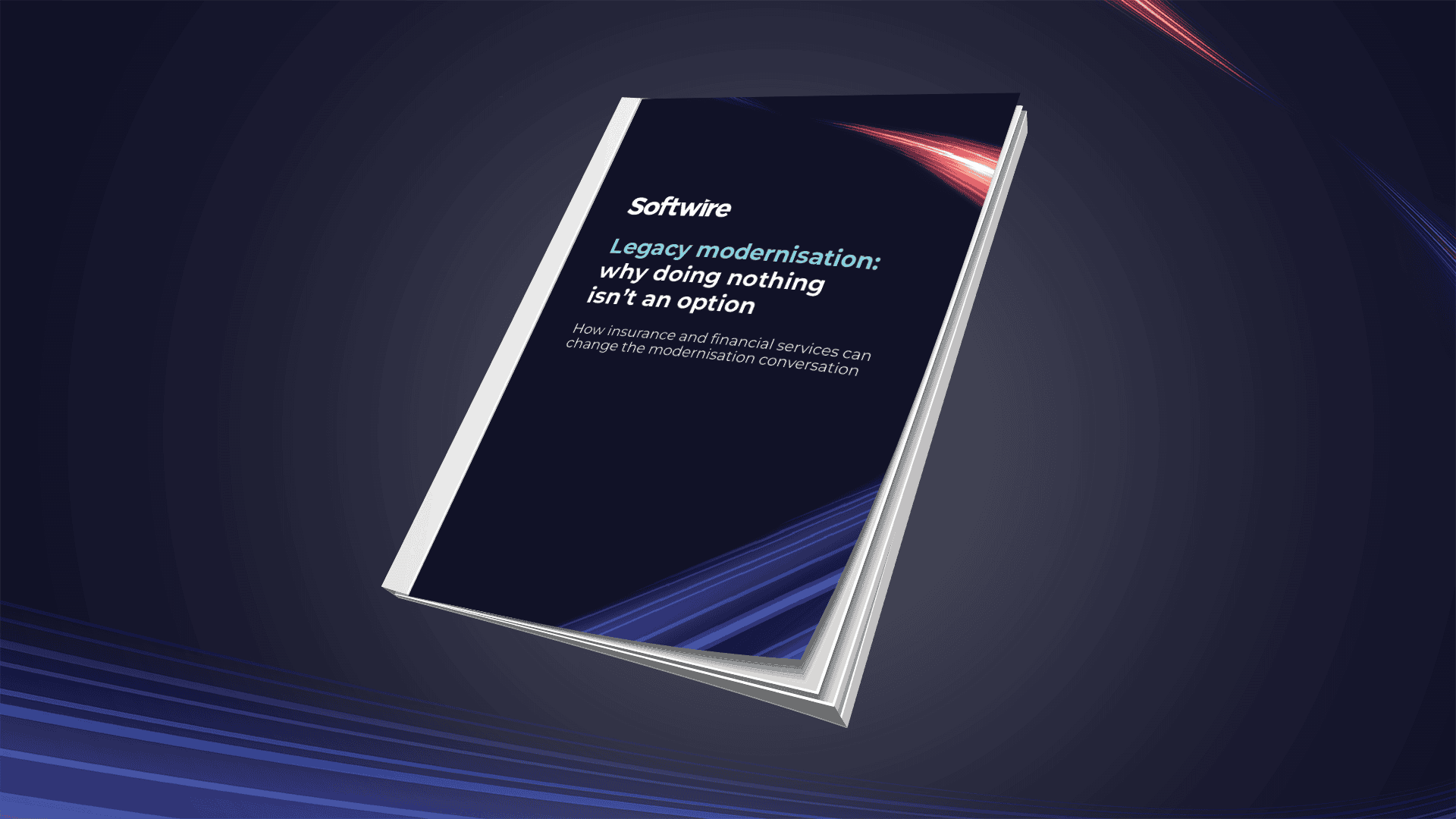
In 2018 we discussed what banking would look like in 2020. When this was first written, the market presented a real threat to the banks in the form of nimble, digital-first banks riding the wave of innovative technology to disrupt the traditional paradigms set by these incumbent banks and institutions.
Challenger banks were the ones taking advantage of the latest technology, innovations and new-school thinking. They showed promise of higher returns, in terms of customer acquisition, retention and loyalty, by focussing on using data to deliver personalised services that reinvented experiences, rather than broad-reaching products that simply built on old ones. Despite a lack of profitability for most, the shift to digital banking across the UK & Europe helped sustain a healthy and surging interest from VCs in the future success of challenger banks, driving positive funding growth year on year.
Since then, the uncertainty around Brexit, and now the COVID-19 pandemic, has seen consumer spending and retail sales fall. Declining payments are temporarily drying up interchange fees, which challenger banks predominantly rely on. This has led to intensifying cash flow problems and continuing the net losses these banks have been making. Whereas for the traditional banks, thanks to the plans and regulations put in place post the 2008 global financial crisis, most are in a great position in terms of liquidity, capital and strength to survive the COVID-19 pandemic and economic downturn. What the current crisis has further exposed, however, is the inefficiencies in their current offerings, as well as made their existing challenges around data, legacy constraints, and outdated processes much more acute.
The move to digital first
With consumer behaviour changing, and many set to see their financial health seriously impacted over the coming months, the market could see a growth-spurt in digital banking. Digital-first banks (like the challengers) have the existing infrastructure to support customers digitally and use their data to innovate further around customers’ financial well-being. And, with a host of maturing technologies making autonomous finance finally possible, we can expect more agile FinTech’s to lead the way in enabling more personalised financial coaching.
However, if approached correctly, traditional banks have the financial weight to drive a much more accelerated adaptation to the new world of superior customer experience, digital tools, and products and services for customers in financial distress. If they can use their economic advantage to quickly put together digital roadmaps that include transitioning to a data-centric model, adopting digital and remote channels asap (esp. for retail and SME customers), introduce new experiences for distressed customers, improve experience while addressing efficiency, reframe the employee experience, and generally turn ‘doing the right thing’ into a competitive advantage, we might genuinely see them reclaim their ascendancy in the financial services industry.
We’d love to know your thoughts and observations on the impact. Get in touch if you would like to be included in our upcoming state of the market research.


